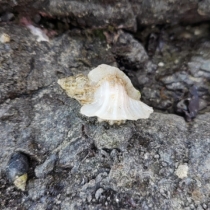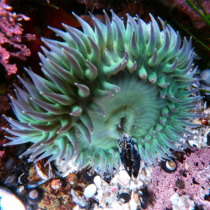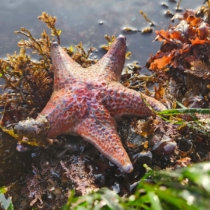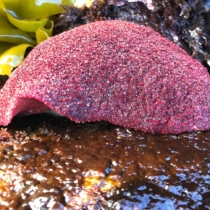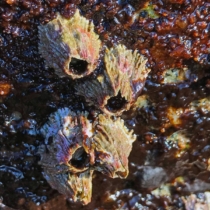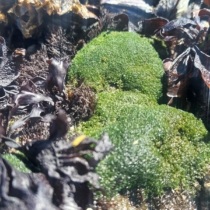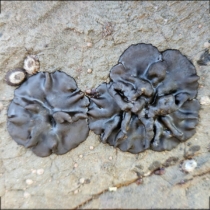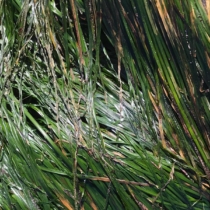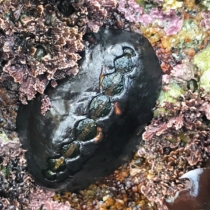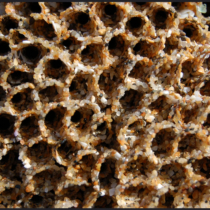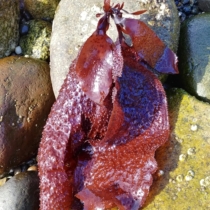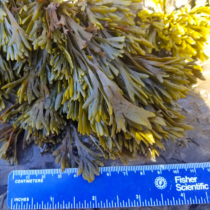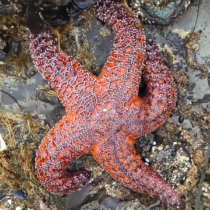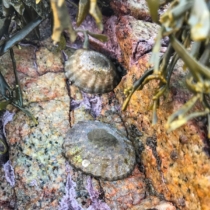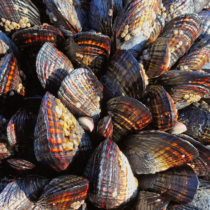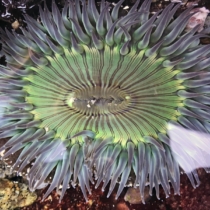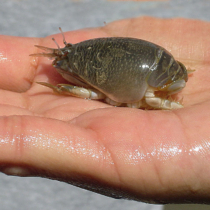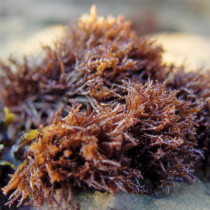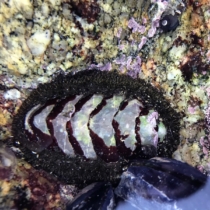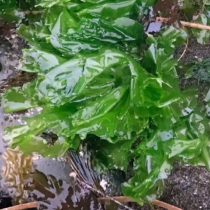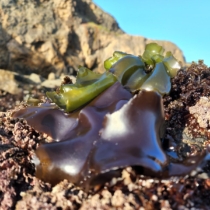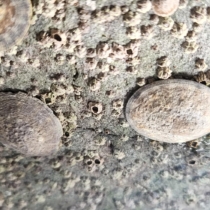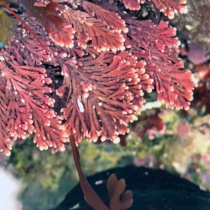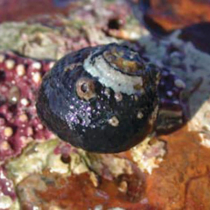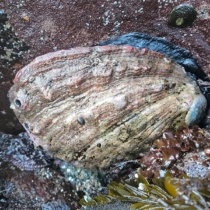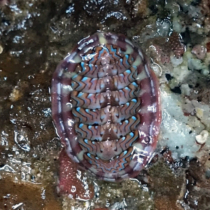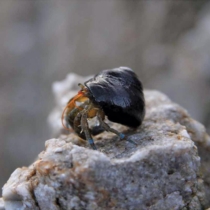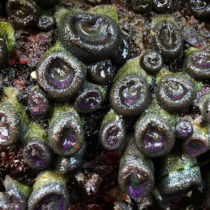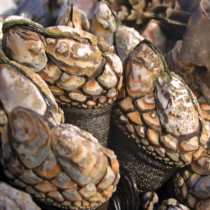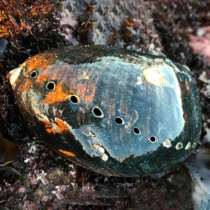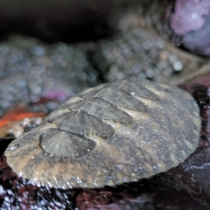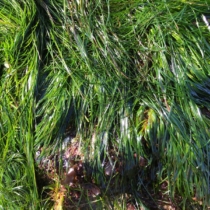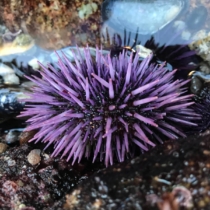The question that we looked at was if the size of males, females, and females with eggs in a sand crab population on Ocean Beach change over a ten year period. Well, based off of recent monitoring at Ocean Beach on September 2013 in comparison to research at Ocean Beach on September 2003, size of males, females, and females with eggs in a sand crab population on Ocean Beach does change over a ten year period.
More
Category Archives: Student Blogs
Sex in the Beach
Our group research question was, “What is the abundance of Recruits, compared to adult Males and Females, over Time (from 2003-2013) at Ocean Beach from the data collected by a specific school?” Basically, we asked if the number of juvenile sand crabs (aka recruits) has had any significant changes compared to the number of mature adults that are on the beach.
Your initial reaction to this question might be to ask, “Why should we care?”, because until now there’s a large chance you didn’t even know sand crabs existed. To answer that question our group had to take a step back, and understand the crabs role in the marine community. We have since learned that they are important food sources for the shore birds, and local fish so their populations reflect how those predators and even the crabs’ prey are doing. So, by tracking sand crab population,s scientists are able to keep tabs on how healthy places like Ocean Beach are, and to see if that marine community needs more attention.
Life is a Beach, We’re Just Playing With the Sand Crabs
There are many reasons why it is important for beaches to be clean. Beaches that are covered in litter are not ideal places for life to thrive. Our group found this from the two sites that we visited. The first was the San Leandro Marina. This beach was covered in litter, and clearly was not well-maintained. There was not even a beach, only broken concrete filling the 10-foot gap from the walking path to the water. The only life we found here were seagulls and algae. Seagulls don’t even live on the beach, so they aren’t really affected by this, and algae will grow regardless of the lack of effort in supporting the site. However, compare this to Ocean Beach. This site is well taken care of, and the multitudes of species that live there illustrate this fact. These include the Western Snowy Plover, and the topic of this blog, the Sand Crab.
When our group went out and had an awesome time researching the sand crabs at Ocean Beach, we started to wonder if there were more females in the population of more male. Our question is concerning the sex ratio between males and females. Sex ratio is defined as “The proportion of males to females in a given population, usually expressed as the number of males per 100 females.” Are females dominating males in the sand crab population?
‘Do the Crab Walk’
On September 14, 2013, students scavenged a 50 meter portion of Ocean Beach for sand crabs. The wind was strong and water was cold but we were persistent to dig deep into the sand under the heavy rain to find sand crabs. We walked along the beach experiencing the habitat that most organisms can not live in but the habitat sand crabs call “home sweet home”. From the bigger pregnant females, to the smaller males, we realized the importance of sand crabs.
We learned that sand crab monitoring is important because the data collected contributes to a better understanding of the health of the beach. Variation in sand crab abundance can also help indicate this. [ We believe that coastal squeeze is going to be a bigger issue in the future and affect the health of the beaches. ] Sand crabs are a common food source for many animals on the beaches in California. Surfperch, surf scoters, and shore birds along with many other organisms depend on sand crabs to stay alive. Sand crabs are crucial to the ecosystem if not the most important and abundant species on the beaches in California.
More
What’s up with the gender distribution?
The mating season of the Pacific sand crab occurs from February to October. The female sand crabs are able to produce up to 45,000 eggs and carry them on her abdomen. These eggs take about 30 days to develop and after they hatch, the newborn sand crabs drift in the ocean as planktonic larvae for approximately 4.5 months while they go through 8-11 larval stages. Once these small sand crabs return to the shore, they are considered “recruits”. Although recruitment can occur year-round depending on environmental conditions, most recruitment occurs in spring, early summer and again in the fall. Based on the information given in the article, there should have been an abundance of recruits during the September trip to Ocean Beach. However, there were more males and females than there were recruits. According to our school’s data from past trips, this pattern has been the same since 2003.
Source: https://limpets.org/wp-content/uploads/2015/01/PacificMoleCrabFS_Oct2010.pdf


